Following the human tragedy of the Grenfell Tower fire, attention turns to the £12bn-plus estimated cost of retrofitting towers with non-flammable cladding as highlighted by Gleeds research revealed in Property Week.

At issue is a type of cladding, usually with a painted or metallic finish, made of Aluminium Composite Material (ACM). Although ACM cladding is not of itself dangerous, it is important to ensure that the correct type has been used and/or only used on buildings of a certain height.
Concerns are only focussed on buildings over six storeys. Parties concerned about whether the correct cladding has been used can arrange for a cut edge in the panel to be examined. This should reveal whether the panel comprises two thin aluminium sheets bound to a non-metallic core.
If remedial action is required then a number of options are open to recover the costs. These could include through insurance, through the service charge or from the party that specified, installed and/or certified any defective cladding.
Should building owners require comfort even where ACM has not been used, the cladding specification could be reviewed to verify compliance with the Building Regulations.
This problem is not unique to residential accommodation. ACM panels have been used on care homes, public and private hospitals, student accommodation blocks, hotels, offices and buildings in the leisure sector among others.
Once all relevant buildings over six storeys have been risk assessed, we may well find that the repair costs could substantially exceed the £12bn estimate.




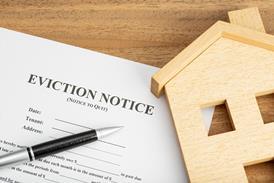



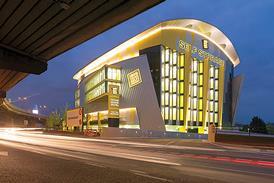

















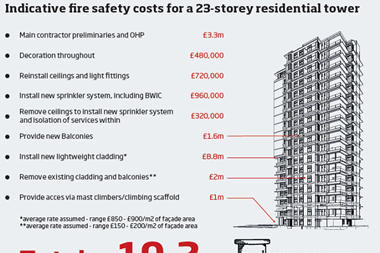
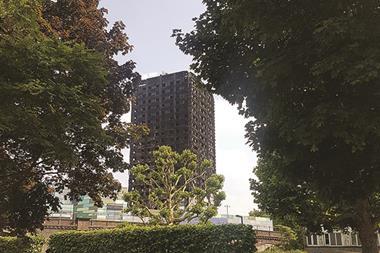
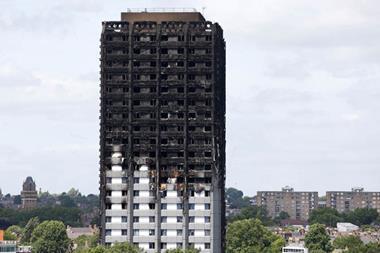
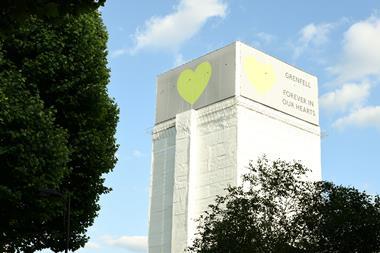

No comments yet